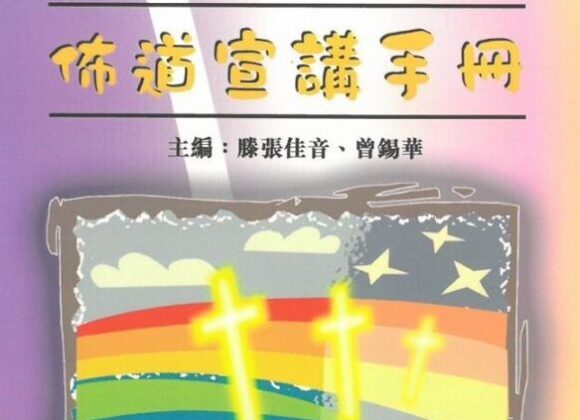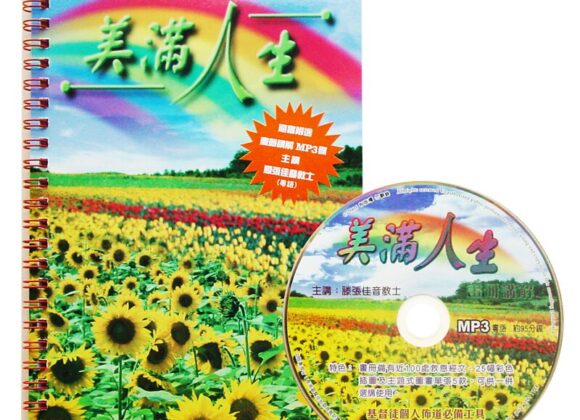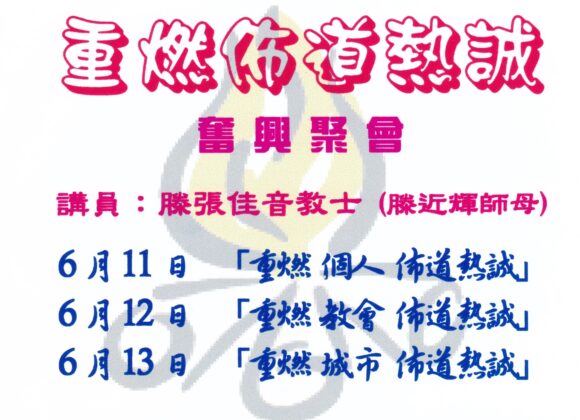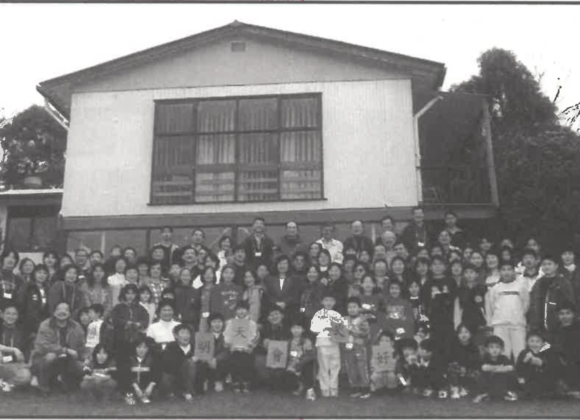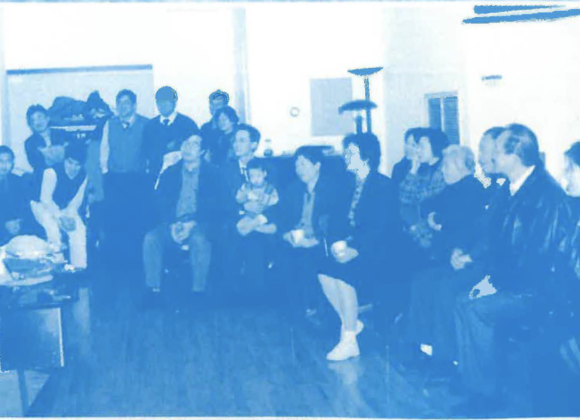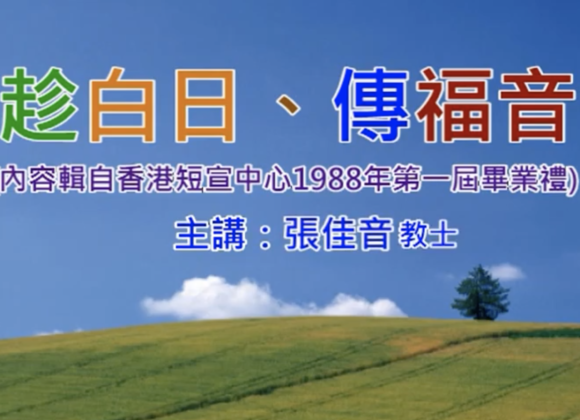Pius Chi-Shing Lee
The recent upheaval of espionage balloons from China reaching the U.S. last winter epitomized the fact that our world shares one atmosphere. The seamless connectivity of the global village is an almost nauseating thought that I would be breathing in part of everybody’s breath just exhaled if I were to live 1000 years (Methuselah lived to an age of 969) on Planet Earth.
Polar Jet Stream
An aviation balloon released in the northern high latitudes and is swept by the polar jet stream can circumnavigate the globe within 7 days. The jet streams are strongest in winter (December to February in the Northern Hemisphere, and June to August in the Southern Hemisphere). During those months, the polar jet streams are largely narrow bundles of strong westerly wind situated around 5-10 km in altitude just below the tropopause heights, bordering the frigid polar air and warmer air in the subtropics. The dark and cold winter in those altitudes provides an efficient chemically enclosed crucible — the so-called “polar vortex”, and a gas-chamber of long reaction-time for ozone-consuming chemicals such as chlorofluorocarbons (CFCs) to deplete the planet’s ozone shields. This was the story of the ozone-holes in the turn of the last century. Fortunately, scientists discovered these ozone-hole responsible chemicals and curbed their productions and proliferations with quick and concerted international efforts. The swift and decisive actions of the world’s environmental leaders were to be commended as their unprecedented prompt effort resulted in the current recovery of the polar ozone-holes.

Environmental Conscience
The environmental scientists enjoyed other scientific triumphant frontiers in the 1980’s and 1990’s. They included a thorough understanding of the acid rain and acid snow problems. For decades, scientists were puzzled by dying forests in pristine places like Sweden. To compound the issue, the acid rain problem is hardly a localized problem but a regional and global one. During the 1990’s the acid rain problem was tackled internationally. These prolific and constructive years of environmental sciences brought several hidden or less understood issues under broad daylight and public scrutiny. Air pollution was one of them. With the trend of broadening public awareness and heightened environmental conscience, the political climate and public opinion for abating air pollution and urgently cleaning-up pollutions became high international human health and global civic responsibility priorities.
Acid Snow in the Japan Sea Coast
It was riding this wave of positive and hopeful mindset in the early 1990’s, I chose my environmental friendly meteorological dissertation topic in a Technical University in rural Japan. The title of my dissertation was: “Acid snow in Honshu, the Main Island of Japan”. It was a multidisciplinary study tapping into meteorology, air chemistry and hydrology. My study brought to center stage the reality that the atmosphere where mankind found his livelihood was connected and intricately interrelated. Honshu, the main island of Japan, traverses roughly between latitudes 34oN to 42oN. In winter conditions, the polar jet stream did not impact the island significantly. But the swift westerly and strong zonal flow from Mainland China could contribute to long range transport of air pollutants from the Asian continent. Rain/Snow-acidity gauges on the Japan Sea side often reported mystifyingly high readings of acidic precipitations. Through satellite observations and air-flow trajectory studies, some evidence was gathered pointing to the possibilities of transported pollutants from upwind of the Japan Sea from both South Korea and China. Pollutants could have been accrued and carried by the air masses steered eastwards and impinged onto the mountainous terrain of the Island’s northern coast. Orographic precipitation occurred. Source apportionment studies of the chemical components of the collected precipitation samples partially supported the theory that continental pollutants impacted the acidity of the snow fall along the Japan Sea Coast. Further into this dissertation study I was more intrigued. This became a passionate pursuit of mine to understand the science as well as the international cooperation to cope with the borderless problem of air pollution.
Multinational Cooperation
Good citizenship should be practiced at a regional and international level to assure our atmosphere is healthy for all inhabitants of the planet. At other times, nature poses a common challenge for multiple nations. The curbing of the CFCs to restore the upper-level ozone was a case-in-point for the world to act in a concerted effort to save our planet. Under a more common circumstance, it is a region that should act to address a certain environmental threat. Sand storms may be a theme of this scale. In Northeastern China, Korea and Japan the yellow-sand (黃砂) storms in spring is a threat to the health of the population and the transportation industry. Every spring high winds dislodge yellow sand grains from the Gobi Desert. Large swathes of the Gobi Desert situate in a high plateau. The sand grain once air-borne there can be entrained by the polar jet stream and swiftly traveled long distance downwind to the aforementioned regions. These million tons of yellow sand in turn settles down, causing brown rain/snow and fog. It wreaks havoc on the ground and aerial transportations. The fine grains also cause respiratory problems for people. China has done great strides in curbing desertification by planting desert resistant forests along the border of the Gobi. However, more efforts should be devoted to coordination and cooperation at the regional/international levels.

Riding with the Jet
The polar vortex behaves as a solid rotating disc in winter. Adjacent to this cold air mass is the subtropical warmer air. Bordering these two thermally contrasting air masses in those high altitudes is the polar jet stream. In winter, the jet has a maximum speed reaching as much as 250 miles per hour. Civilian airlines often take advantage of this tailwind by flying along the jet stream to earn speed when flying east. Recently, a British Airways Jumbo 747 broke the record of shortest subsonic flight between New York and London just shy of 5 hours by riding a strong jet, cutting flight time by more than an hour (~20%).
Stormy Weathers in Association with a Meandering Jet Stream
As spring arrives, the Sun’s heating begins to disrupt the thermal stability of the polar air through various mechanisms such as radiative heating and the relentless intrusions and entrainments of high altitude warm air from the subtropics. The sinking colder polar air replacement of the rising warmer subtropical air along the polar jet stream results in a complex interplay constraining the air mass to reach equilibrium. The alternation between cold and warm airs over a certain region in the spring months varies between 5 to 10 days. These springtime interruptions of the jet, forced the jet stream to meander. Simplistically speaking, a warm rising air corresponds to a low pressure system (rainy and cloudy weather) and conversely a sinking air corresponds to a high pressure system (clear sky and sunny weather). The periodicity of the jet stream dictates bursts of warm and cold environments in its journey. By looking at the periodicity of the meandering jet stream and other information, a meteorologist forecasts storms. If the air is moisture-laden within low pressure systems, precipitations may occur. Furthermore, depending on the ambient temperatures, snow, hail, sleet or freezing rain storms may take place. Some storm systems are much harder to forecast. Forecasting tornadoes is notoriously difficult. Although seasonally, the meteorologist knows that when the jet stream meanders most curvedly, either in spring or fall, the probability for tornados are the greatest. The triggering mechanisms for tornados are tricky and the intensifications of the twisting filaments inside tornados for whirling winds are not completely understood. Therefore, the current advisory time for a touching down tornado issued by the US National Weather Service is limited to 13 minutes. This is dismal news to many living in tornado-prone places such as the Great Plains in the U.S.

Spring is Here
Spring is here. Now having read about the unpredictability of spring storms, one may feel spring is a depressing season. Take heart, our planet needs spring storms. One needs not to be an agricultural scientist to appreciate punctual and reliable spring and fall rains.
Moses talked about rains in his parting words to the Israelites before they entered Canaan —— the land of honey and milk. He admonished the people to love God with all their hearts and souls. God said: “If you faithfully obey the commands I am giving you today — to love the LORD your God and to serve him with all your heart and with all your soul — then I will send rain on your land in its season, both autumn and spring rains, so that you may gather in your grain, new wine and olive oil. I will provide grass in the fields for your cattle. And you will eat and be satisfied”. (Deuteronomy 11:13-15).
Storms are necessary and can be Benevolent
Obviously the punctuality and the intermittency of the turning-ons and turning-offs of the rain in the periodic cycles are by no means coincidental. The meandering jet streams in the spring and fall are meticulously and impeccably calculated by our God. Due to the vigor and fiction action of the ascending and descending air masses in association with the meandering jet stream, severe lightning strikes are triggered in these spring and fall storms. Lightning bolts flash across the sky at 50,000 degrees Fahrenheit and are powerful enough to split the covalent bond of nitrogen (N2) molecules. Without this nitrogen fixation step to transform atmospheric nitrogen to plant consumable fertilizer-nitrogen, spring time “natural fertilization” of our planet could not happen. The Old Testament prophet Zechariah resonated his praise to God: “Ask the LORD for rain in the springtime; it is the LORD who sends the thunderstorms. He gives showers of rain to all people, and plants of the field to everyone” (Zechariah 10: 1). The detailed list of the timeliness and completeness of the “natural phenomena” in springs of our habitable planet goes on and on if one thinks about the snowmelt, pollination, and seed germination, … etc. Joel shared Moses’ advice to his fellow country-folk — to be faithful and grateful: “Be glad, people of Zion, rejoice in the LORD your God, for he has given you the autumn rains because he is faithful. He sends you abundant showers, both autumn and spring rains, as before. The threshing floors will be filled with grain; the vats will overflow with new wine and oil.” (Joel 2:23-24). Jeremiah used a pleading tone to urge the people to turn back from their ungratefulness and self-assuredness: (Turn back people) “Let us fear the LORD our God, who gives autumn and spring rains in season, who assures us of the regular weeks of harvest” (Jeremiah 5:24).
Take heart, God’s storms for us encapsulate mercy and goodness.
Author: Pastor (Dr.) Pius Lee is the Director of the Development Division of NYSTM. In 2021, he retired from the National Oceanic and Atmospheric Administration (NOAA) of the United States, and was selected the winner of NOAA’s Administrator’s Award for the Air Pollution Forecasting Research Group in 2020. Pastor Lee and Mrs. Ancy Thuyen-Anh, Lee have three sons and one daughter. The couple relocated from the capital, Washington, to New York to take up the post.
Pius Lee. “[Storm Buster Series] The Meandering Jet Stream and the Spring Storms” NYSTM Truth Monthly, April, 2023.
https://nystm.org/nytm0423-13/
【小趣奇遇】壓迫商家驅逐去新經濟區

當我們一家被迫拋屋棄貨被驅逐到龍安省(Long An)的一個小鎮墟(Thu Thua)之後;我們的戶口被取消,孩子同時也被取消在城市內上學的資格。四哥與我、弟妹都要輟學。
[Storm Buster] Storm Surge
![[Storm Buster] Storm Surge [Storm Buster] Storm Surge](https://eresource.ifstms.org/wp-content/uploads/2023/12/Hurricane_Kate_2003-_Good_pic-860x500.webp)
Storm surge causes inundation of large swaths of coastal land. Eleven years ago, storm surge from Hurricane Sandy havocked large damages in New York (NY) and New Jersey (NJ). Today, some of those destructions are still noticeable and remain unrepaired.
[Interesting Adventures] The New Economic Development District Policy in Vietnam
![[Interesting Adventures] The New Economic Development District Policy in Vietnam [Interesting Adventures] The New Economic Development District Policy in Vietnam](https://eresource.ifstms.org/wp-content/uploads/2023/12/WhatsApp-Image-2023-11-29-at-14.26.37.webp)
The Vietnamese government had planned well ahead and prepared many makeshift-hut developments such as the one we were sent among all the villages and provinces.
[Interesting Adventures] Suppressing the Merchants (Part II)
![[Interesting Adventures] Suppressing the Merchants (Part II) [Interesting Adventures] Suppressing the Merchants (Part II)](https://eresource.ifstms.org/wp-content/uploads/2023/11/oppressed-Merchants-2-web-edited-800x500.jpg)
Upon the confiscation of our family-cloth-business, there was an undercover policewoman stationed at our home for three weeks every day from 7:00 am till 6:00 pm. Our every move was scrutinized⋯⋯
[Storm Buster] Autumn Foliage Forecast
![[Storm Buster] Autumn Foliage Forecast [Storm Buster] Autumn Foliage Forecast](https://eresource.ifstms.org/wp-content/uploads/2023/11/Screen-Shot-2023-10-30-at-11.05.07-PM.jpg)
Autumn is pleasant. It has many public holidays for the most populous countries in the northern hemisphere. In the U.S. we have Labor Day, Columbus Day and the Veterans Day. In China there are Mid-Autumn Festival and Double-Yang Festival.
[Storm Buster Series] Preempt Wildfires
![[Storm Buster Series] Preempt Wildfires [Storm Buster Series] Preempt Wildfires](https://eresource.ifstms.org/wp-content/uploads/2023/10/nytm2310p-72.jpg)
We were all stunned by the apocalyptic scenes of devastation and destitution caused by wildfires in Maui, HI. The utter sense of desolation and desperation was overwhelmingly sad. It destroyed the idyllic Island of Maui. Many people are still in denial and disbelief when they look at the news reports.
[Interesting Adventures] The Oppressed Merchants (1)
![[Interesting Adventures] The Oppressed Merchants (1) [Interesting Adventures] The Oppressed Merchants (1)](https://eresource.ifstms.org/wp-content/uploads/2023/10/nytm2310p-71-700x500.jpg)
Mom and dad ran a textile and cloth business for thirty years. Their humble street hawker beginning was never remote. Only through thrift living and hard work did mom and dad gradually expand their business and eventually proudly owned a retail shop in the middle of the vegetable markets.
【小趣奇遇】民族之間文化的差異

我父母親年輕未婚時來自潮州;但我們六個兄弟姊妹都是出生於越南。全家一直住在華人聚居最多的「堤岸」。華人都是做大小生意為生的。連本地越南人都學會說粵語,特別需要在生意上能用粵語溝通,他們也讓自己孩子去華文學校讀書。
Heatwaves

Heatwaves in many parts of the Northern Hemisphere captured the public’s attention. The inadequacy of the central air conditioning units in many of the northern cities testifies to the unexpected increase in air temperature across Northern Europe, Asia and America.
Cultural Divide

Born in Vietnam, my siblings of six including myself, lived in a Chinese town called “Cholon”. Cantonese was the business dialect that even the native Vietnamese learned to speak. Many of the Vietnamese natives sent their children to Chinese schools.
【小趣奇遇】教學混亂與民間迷信

在1975年南越政變後,我和二哥(榮光)和弟弟(榮南)就讀的「同心」中小學,从私立成了公立學校,取消了學校制服。由於不夠老師,加上政府監控學校制度,又撤銷所有華語課堂,規定只准許學習當地越南文。
The Unfathomable Deep Space and Seas
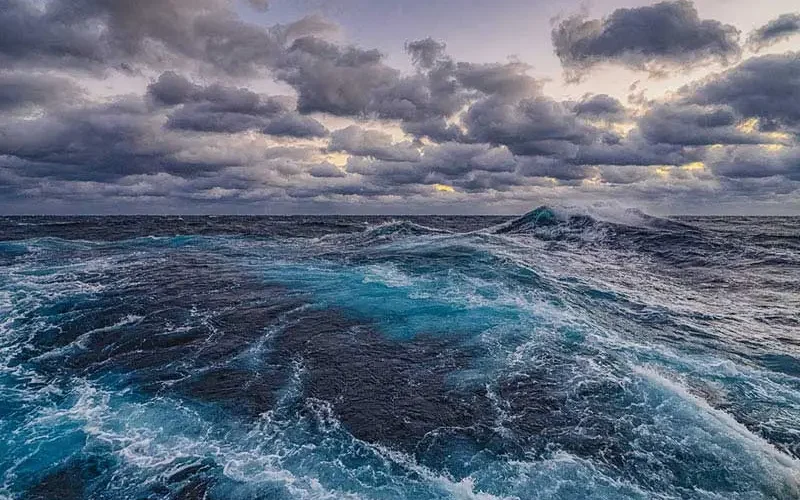
Man is an adventurous creature. In the pre-pandemic year of 2019 the US travel and tourism industry generated 1.9 trillion dollars in economic output. That was a startling 9% of the nation’s corresponding GDP of 21.38 trillion dollars in 2019.
Chaotic schools and rampant superstitions

When the communists took over Vietnam in 1975, my second eldest brother (David), I and my younger brother (Kevin) were studying in the “Same Heart” middle-and-elementary school in Cholon, Vietnam. Originally a private school, it was changed to a public school under the communist government.
Calmness after the War (Part II)

My parents ran a textile and clothes retail shop from our home. Under the new communist government after the Vietnamese civil war, every home was eager to sew the new national flag. Therefore, all of a sudden our home business was thriving beyond our wildest imaginations.
【小趣奇遇】戰亂後的平息(下集)

父母親是做買賣布料的家庭式生意。內戰後的新興政府,規定家家戶戶都要買布料縫裁新國旗。突然間,店舖的生意好到忙不過來。我的大哥(雁榮)想幫父親的輕型電單車加油,去了附近一公哩以外的油站加油。
Pollen Allergy Becoming a Mainstay

Pollen allergy is more commonly known as hay fever. Medically speaking, it is called seasonal allergic rhinitis —- a provocation of the immune system to overreact to pollen from trees, grasses, and weeds. Hay fever occurs mainly in the spring and fall when pollen from trees, grasses, and weeds are in the air.
Calmness after the War (Part I)

In the May issue we mentioned the civil war between North and South Vietnam. It finally ended on the so-called “Liberation Date” on April 30, 1975. The North united the country into a communist country.
滕張佳音博士
國宣創辦人
▪︎美國芝加哥三一福音神學院文學碩士(宣教)及教牧學博士(宣教學)
▪︎前建道神學院跨越文化研究部副教授
▪︎牧職神學院榮譽創院院長
▪︎國際短宣使團創辦人










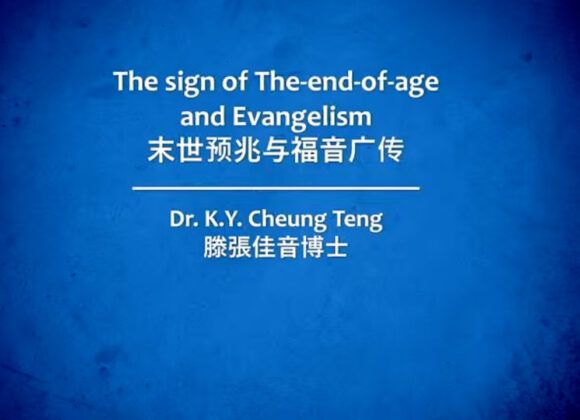





![[Storm Buster] Storm Surge [Storm Buster] Storm Surge](https://eresource.ifstms.org/wp-content/uploads/2023/12/Hurricane_Kate_2003-_Good_pic-580x420.webp)

![[Storm Buster] Autumn Foliage Forecast [Storm Buster] Autumn Foliage Forecast](https://eresource.ifstms.org/wp-content/uploads/2023/11/Screen-Shot-2023-10-30-at-11.05.07-PM-580x395.jpg)

![[Good Questions] What is Truth? Part 2 [Good Questions] What is Truth? Part 2](https://eresource.ifstms.org/wp-content/uploads/2023/11/What-is-Truth-Part-2-580x420.jpg)
![[Good Questions] What is Truth? [Good Questions] What is Truth?](https://eresource.ifstms.org/wp-content/uploads/2023/10/truth-166853_1280-750x450-1-580x420.jpg)
![[Storm Buster Series] Preempt Wildfires [Storm Buster Series] Preempt Wildfires](https://eresource.ifstms.org/wp-content/uploads/2023/10/nytm2310p-72-580x401.jpg)








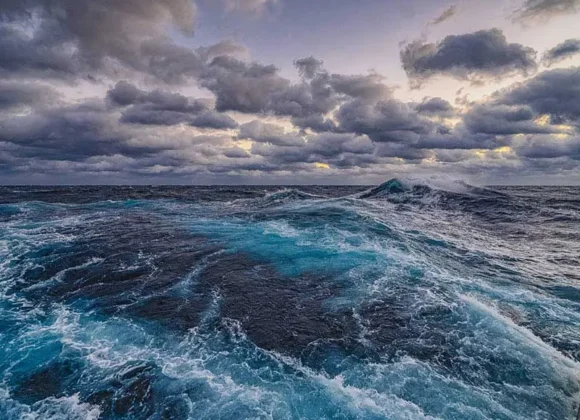
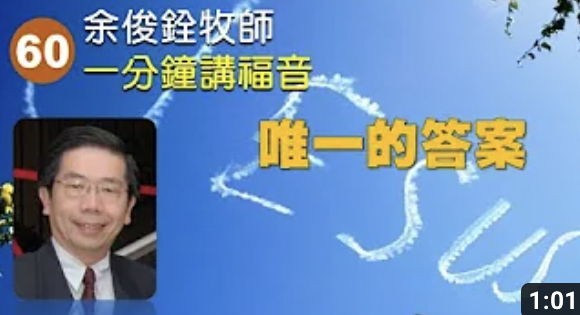






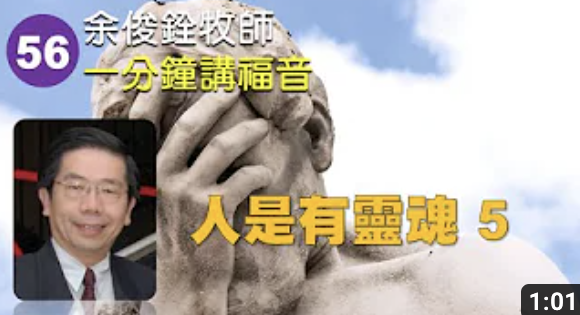






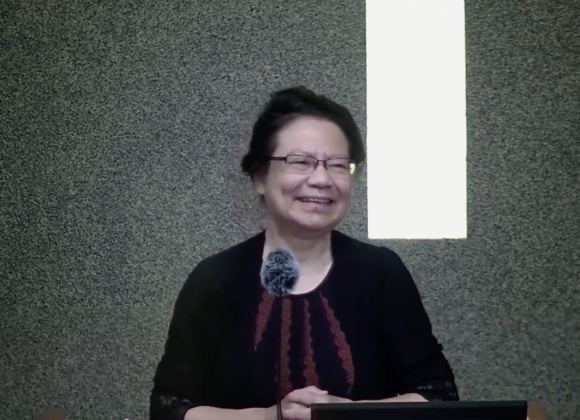





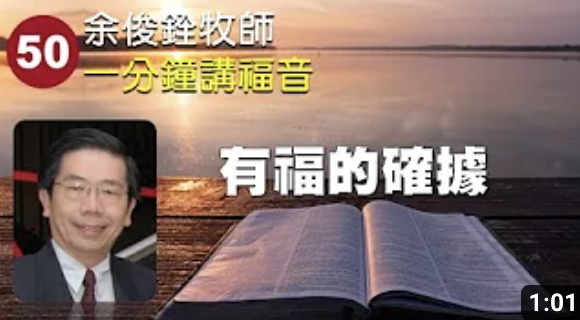
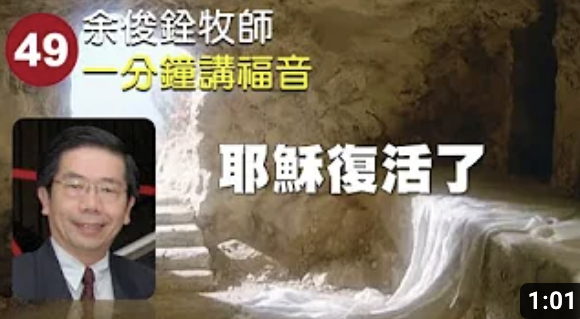




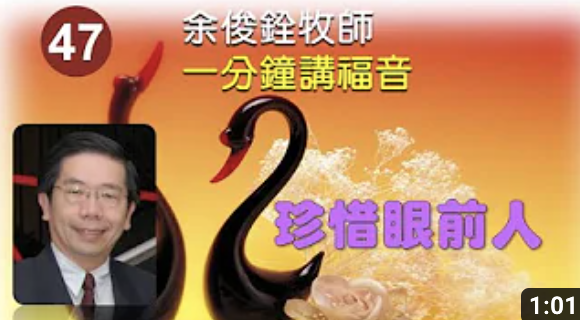
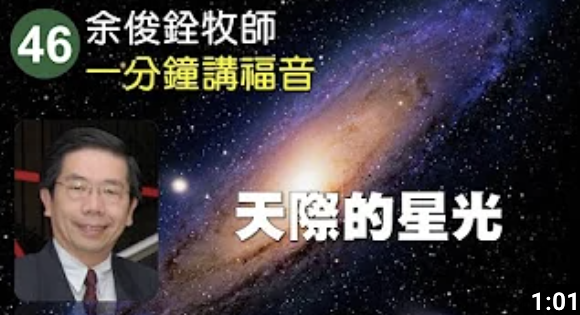




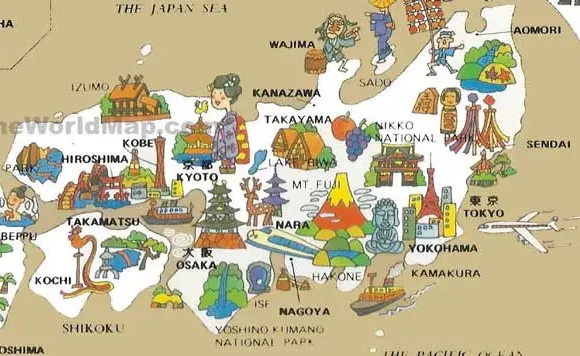


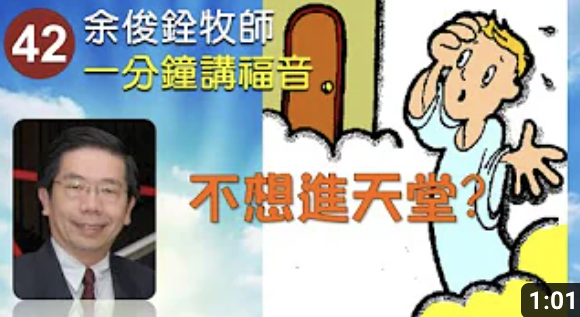

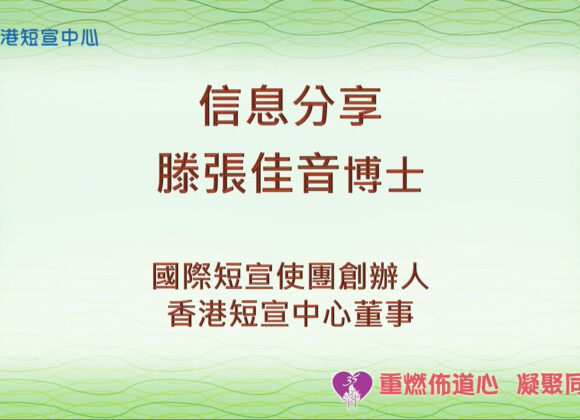


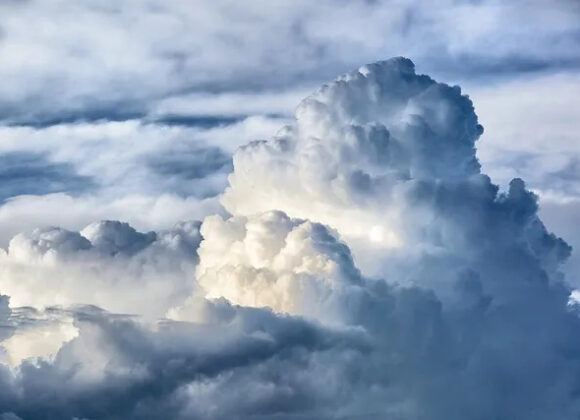

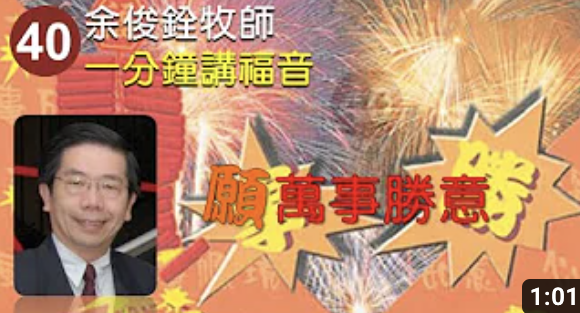
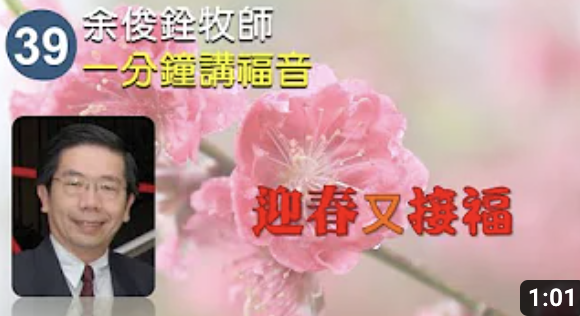

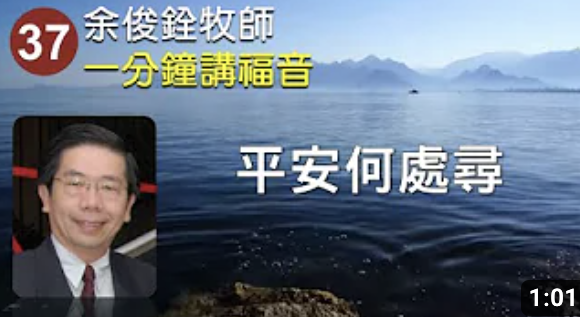




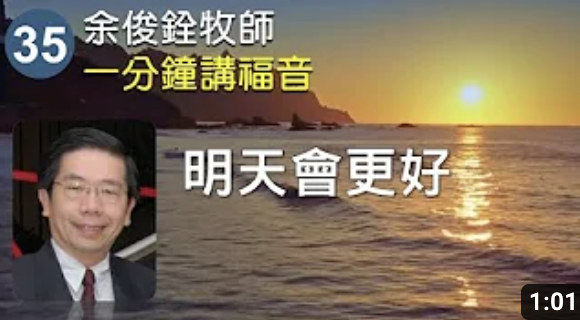
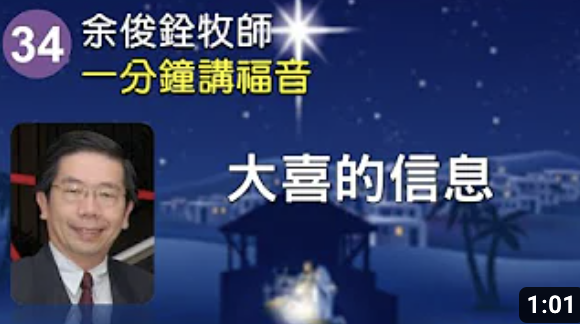

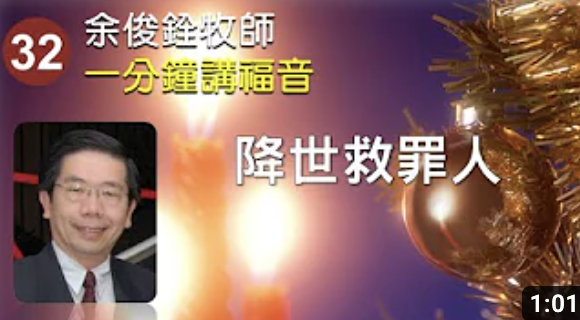


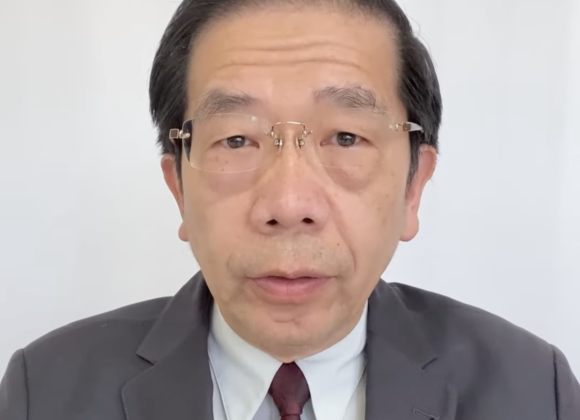
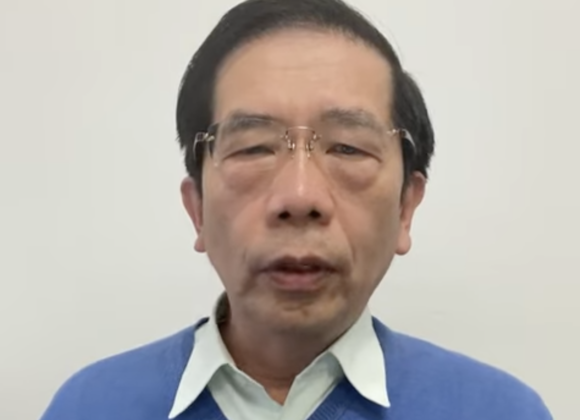

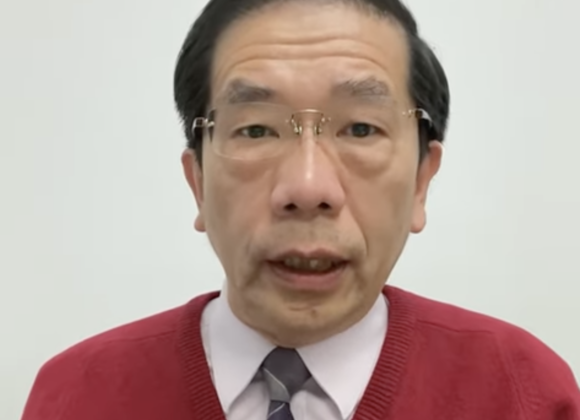
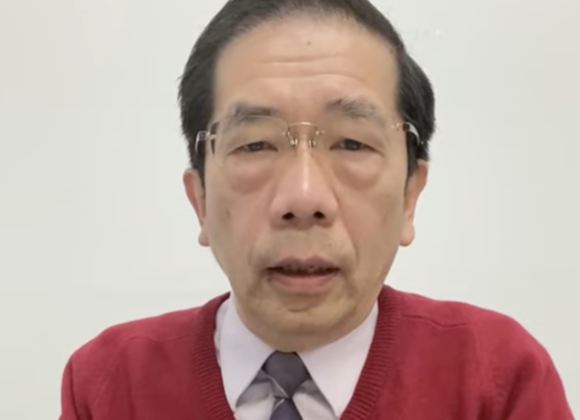


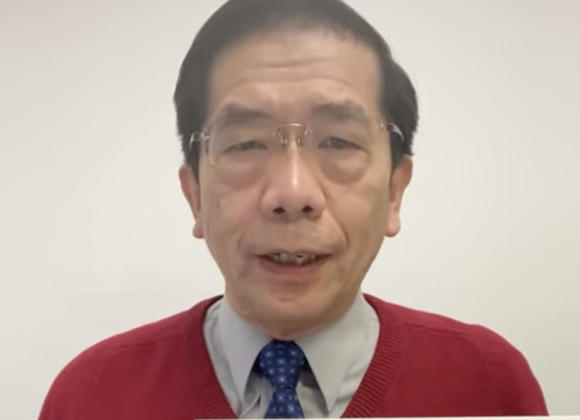

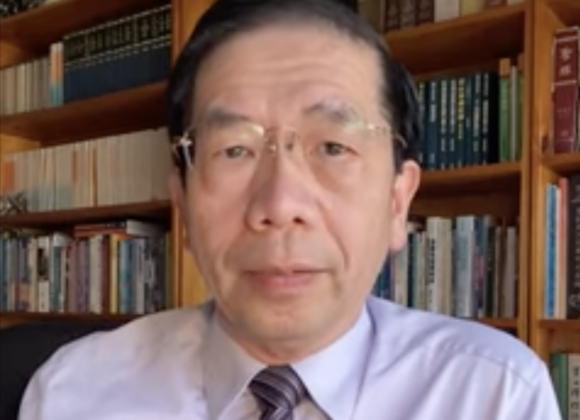
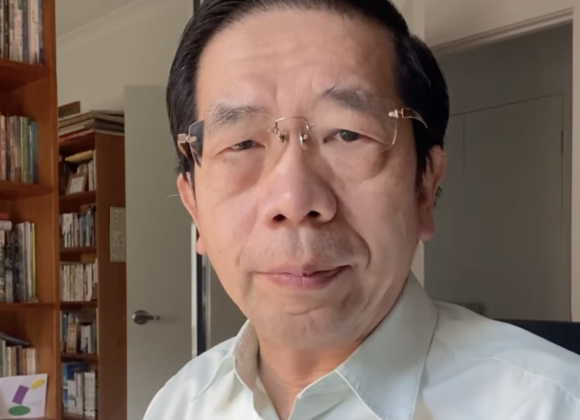


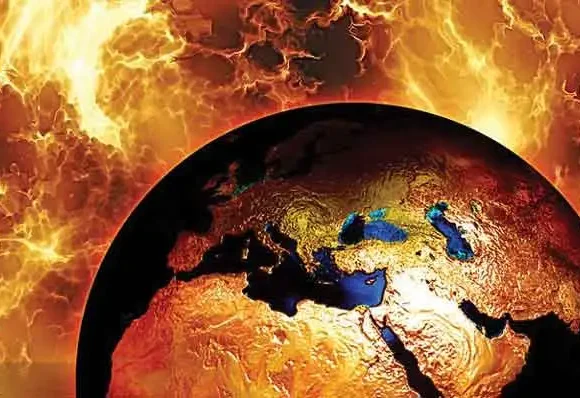
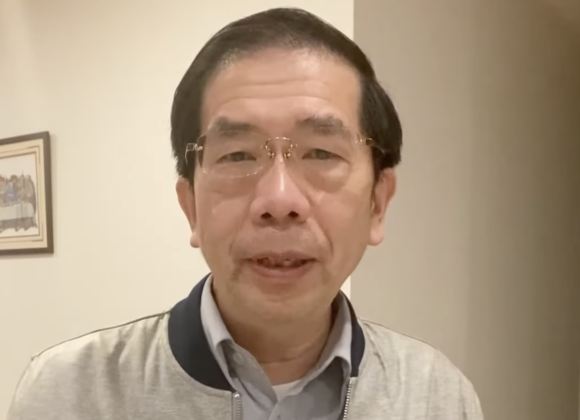



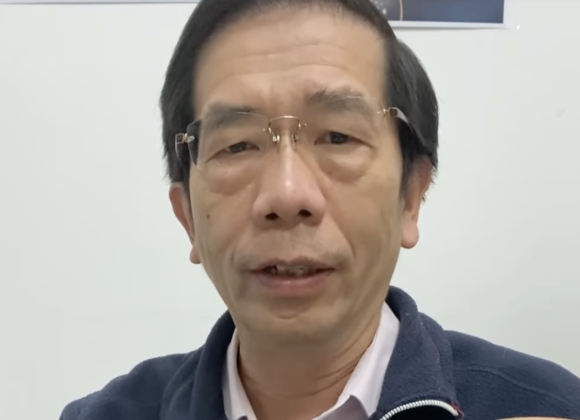




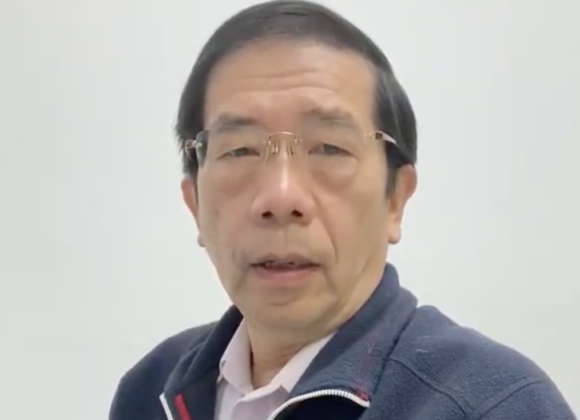



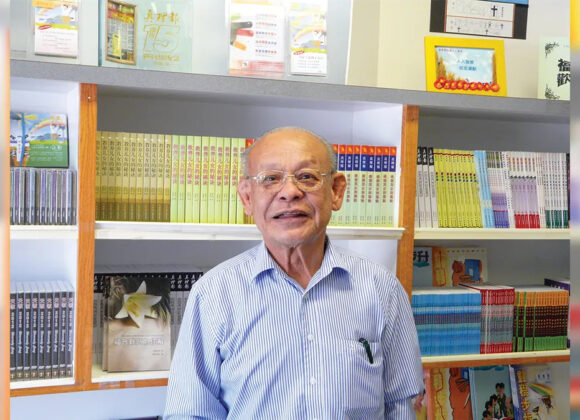


的創建.jpg)












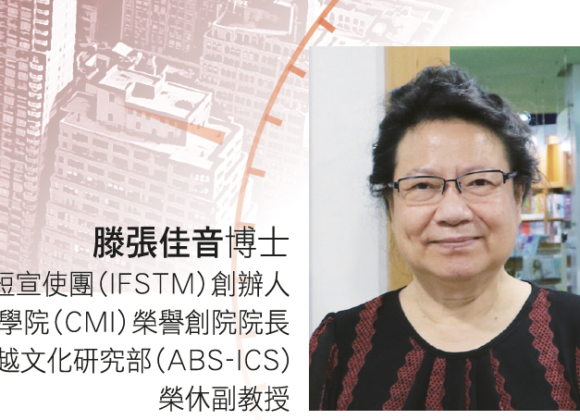

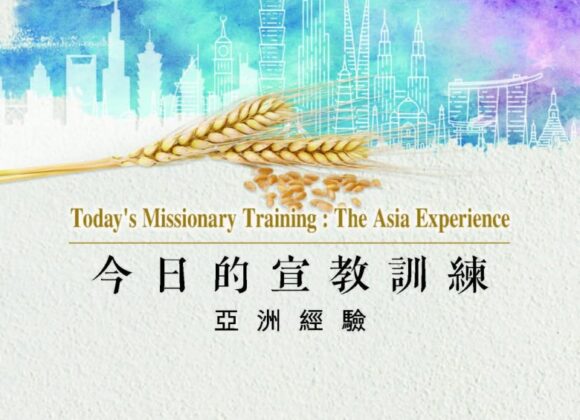
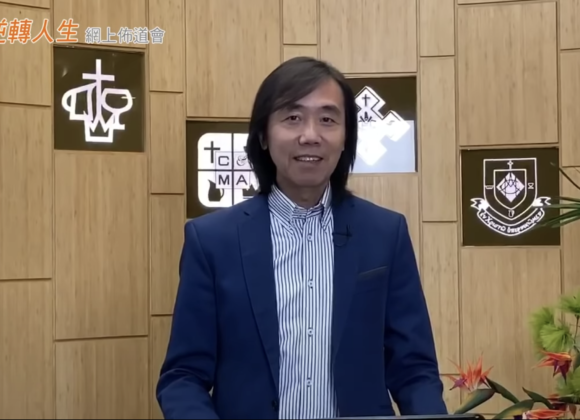

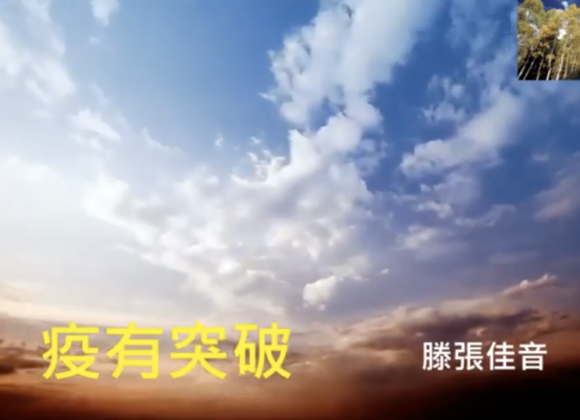


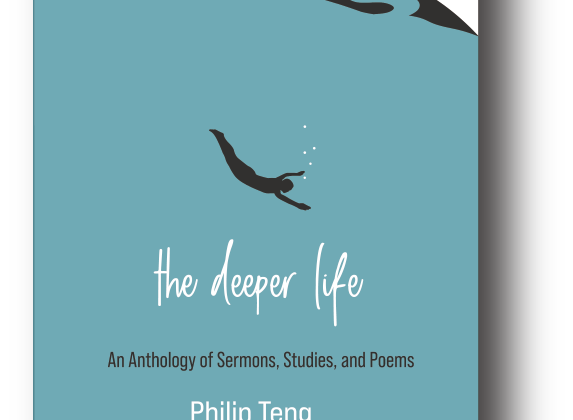







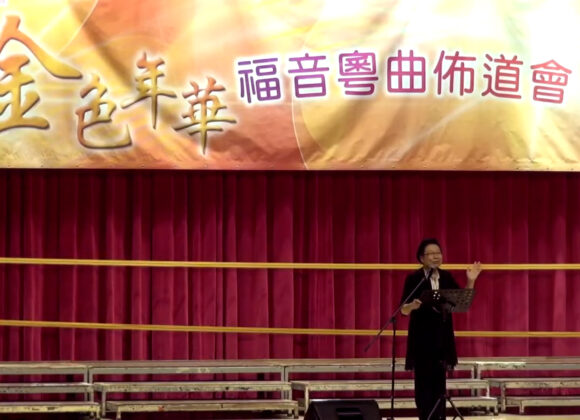




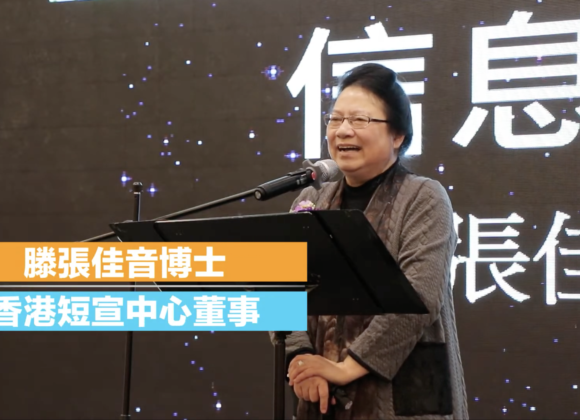





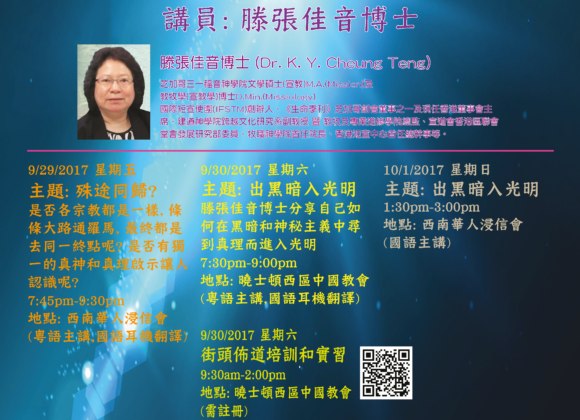
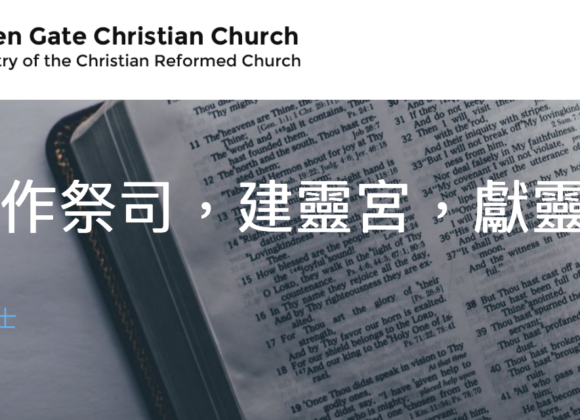





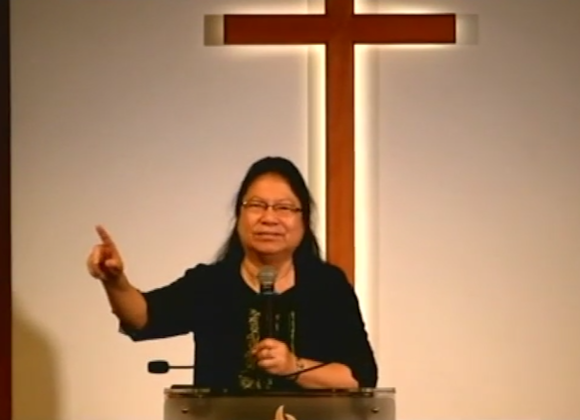

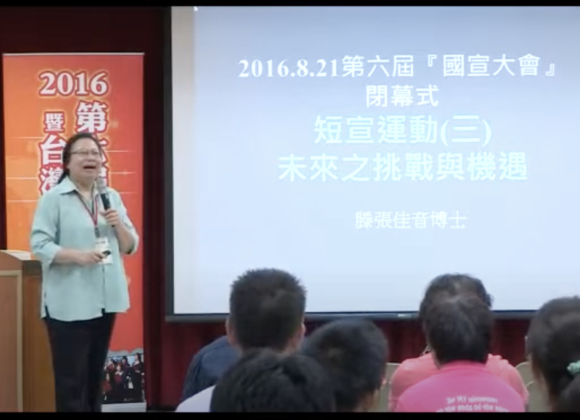


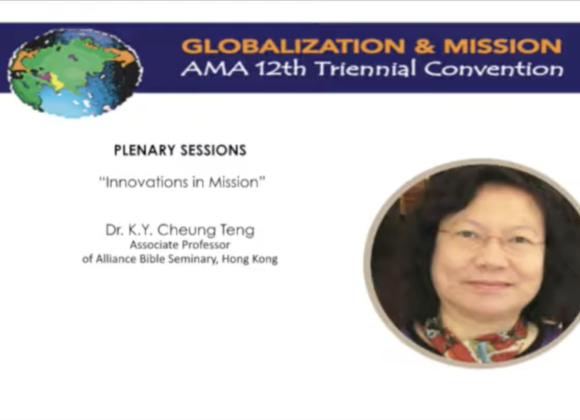






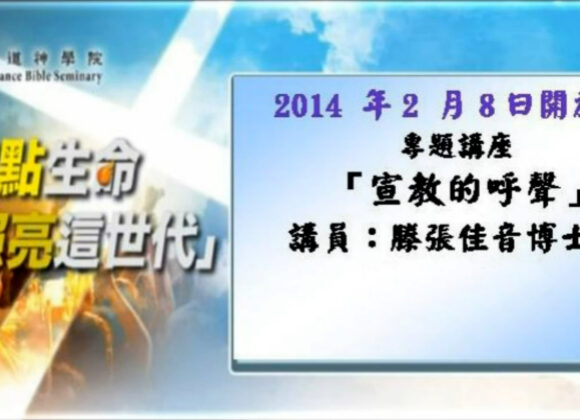



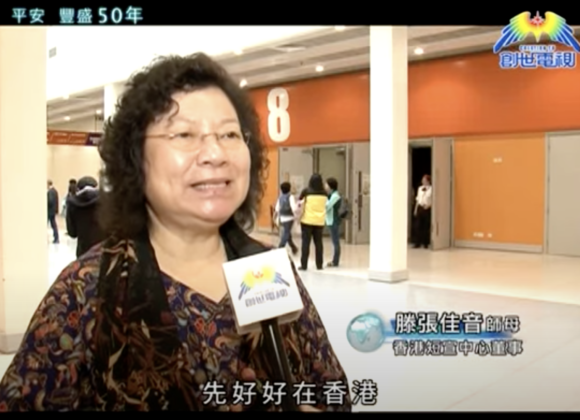
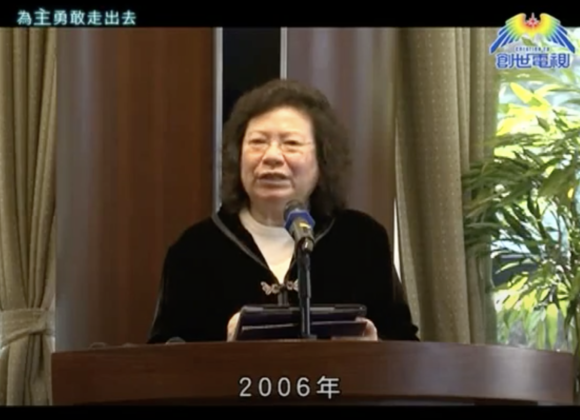



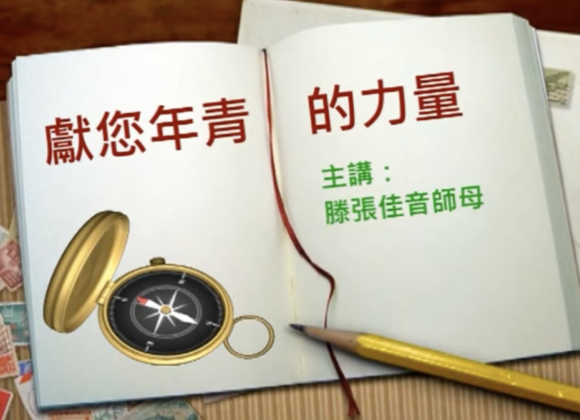

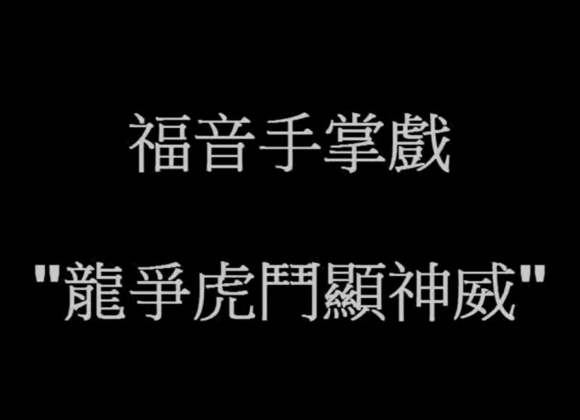


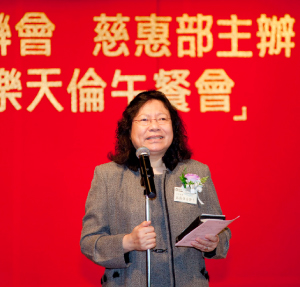









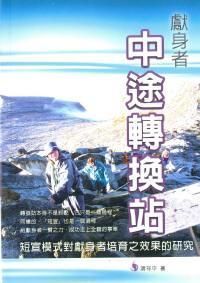
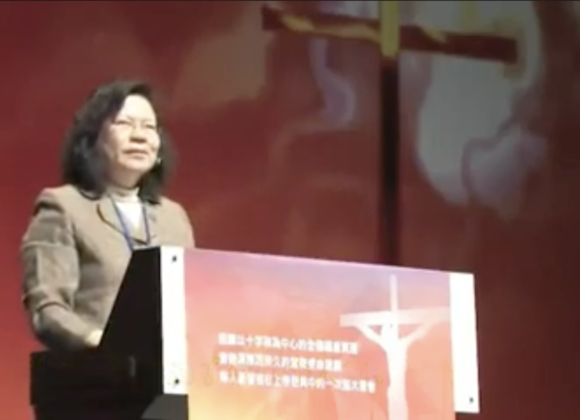
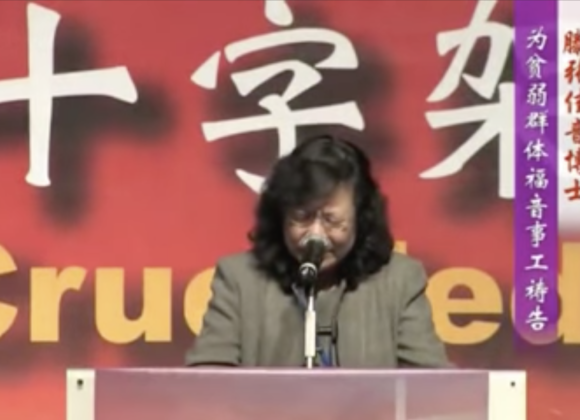
-580x420.png)

-580x420.png)

-580x420.png)
-580x420.png)

